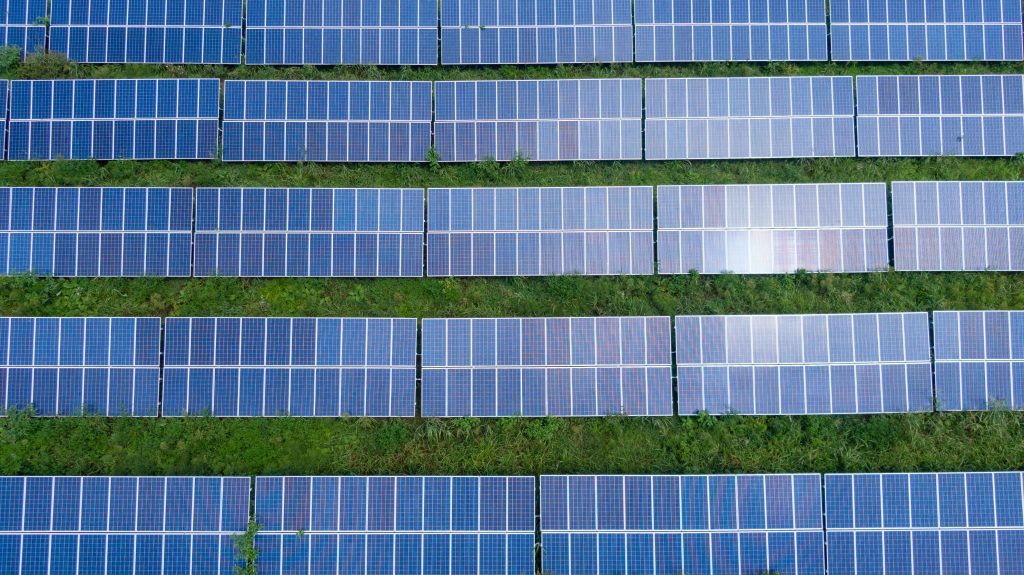As a result of this research, we are better equipped to understand the effects of global warming and other climate change on the world. We can start by taking steps to reduce our own greenhouse gas emissions.
Other actions we can take include reducing our consumption of fossil fuels, and using alternative forms of energy. For example, by reusing materials and recycling them, we can decrease our overall greenhouse gas emissions.
One of the most significant greenhouse-related phenomena is the ozone layer. Ozone is a natural protective layer of the stratosphere. Unfortunately, this layer has been damaged by industrial chemicals, which have been used in firefighting, refrigeration, and other processes. The increased levels of greenhouse gases have not only altered the balance of our atmosphere, but also affected our health. Considering this, President George W. Bush has called for a reduction in carbon dioxide (CO2) emissions.
Whether or not solar energy is a good source of clean energy is a disputed question. Those who support the use of solar power believe that it can provide electricity, while those who oppose it cite concerns about land use and potential impacts on local economies. The industry has also complained that other development projects are subject to excessive scrutiny.

Virginia is currently working to hammer out rules and regulations to ensure that solar farms are developed responsibly. It is currently developing a best practices guide for the industry. As part of the process, it will also be distributing copies of the notices of intent to local governments.
In addition to the state’s policy guide, the department will also develop a state specific case study highlighting real-world applications. This will give local stakeholders a better understanding of how the technology works, how it can benefit their communities, and how it can be applied.
The Virginia Clean Economy Act calls for the development of 16,100 megawatts of solar by 2050.
While the work group reached consensus on several proposals, some issues were still unresolved.
Some groups are concerned that a definition of buffers might increase the number of forest lands requiring oversight.
For example, there are differences of opinion over what constitutes “contiguous” lands, what the definition of “disturb land” is, and how to account for “buffer” lands. Other issues include a requirement for a mitigation plan for solar projects that disturb more than 10 acres of prime agricultural soils.
Additionally, the Virginia Cooperative Extension will propose an approach for verifying prime agricultural soils. These and other issues are listed in the 2022 Solar Power in Your Community guidebook. It also offers in-depth introductions to each topic and case studies of how solar is being applied to different communities.
Several groups, including those focused on agriculture and forestry, have expressed concerns about the potential for the land to be converted from agricultural use to solar. With the passage of the 2022 legislation, the Virginia Department of Energy is attempting to hammer out rules and regulations for solar. The agency will be looking for a re-convening of the solar advisory group.
